Your rafter beams would be visible without a soffit, which means aside from being useful to the roofing structure, it can also provide aesthetic benefits. And if you wish to prevent pests and bugs from entering your soffit, you should seal the gaps. Good thing that we already have conducted thorough research on how to fill them.
To fill the gaps in the soffit, you should:
- Prepare silicone caulk
- Setup a ladder
- After placing the ladder, start filling the gaps
- Go to the attic and seal around the rafters
- Inspect the entire house to see if there are areas that also need sealing
If your purpose of sealing soffit gaps is to prevent bugs and pests from entering anywhere through your roofing structure, it would be best to continue reading because we will provide you in this post additional tips on how to restrict them. Aside from that, you should also know the importance of sealing soffits. Let's delve into the details!
![House rooftop corner with soffit boards and rain gutter pipeline,How To Fill Gaps In Soffit [Especially to Restrict Bugs & Pests]?](https://uooz.com/wp-content/uploads/2022/10/How-To-Fill-Gaps-In-Soffit-Especially-to-Restrict-Bugs-Pests.png)
How To Fill Gaps In The Soffit To Restrict Bugs And Pests
When it comes to your home, prevention is indeed better than cure. So, as early as you can, you should take steps to protect your family and house from anything that can inflict damage and harm.
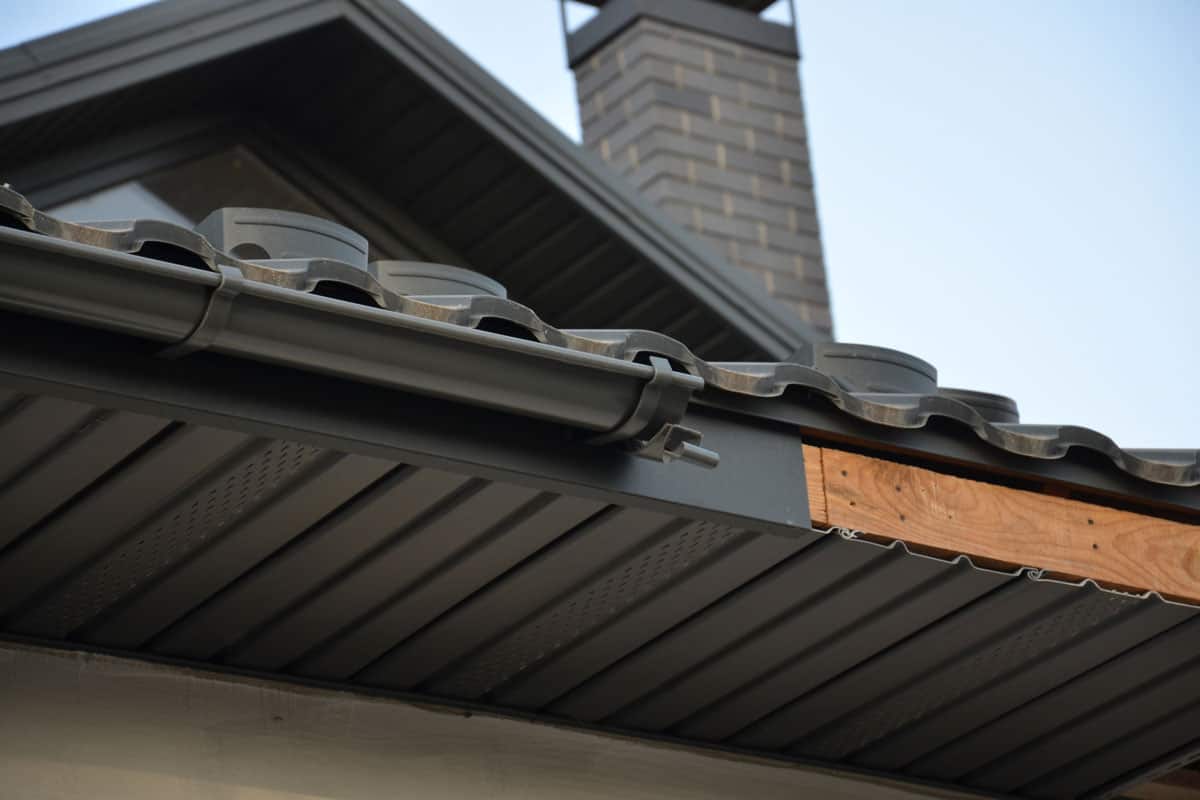
Restricting pests and bugs from entering your house is a wise move to prevent them from disturbing and damaging anything around you. Although filling the soffit gaps may take an hour or so, the benefits it can provide you are worth the work.
And to give you an idea about it, a soffit is a covering that goes along the roof line of a house—positioned at the top of each side, directly under the roof eave. The purpose of this piece is to let air flow between the rafters in an attic. Additionally, roofers use two materials to install the soffit: vinyl or aluminum.
But before anything else, please prepare the following tools and materials:
- Ladder (preferably an extension ladder if your soffit is high enough)
- Outdoor silicone caulking
- Utility knife
- Galvanized steel mesh
- Anti-drip caulking gun
1. Prepare The Silicone Caulk
Get the exterior silicone caulk and put it on the caulking gun. To open the silicone caulk, you must use the utility knife to cut the nozzle's tip slantingly.
Click here to check out these outdoor silicon caulks on Amazon.
2. Setup The Ladder
Put the extension ladder under the soffit you will start working on and climb up to it.
Click here to check out this extension ladder on Amazon.
3. Start Filling The Gaps In Soffits
Prepare the galvanized steel mesh and place it between the soffit and the wall. Depending on your preferences, you may or may not use this. However, it would be best to use such a thing to discourage wildlife from chewing their way in.
The key to successfully filling the gaps is to know the correct technique or position in using the caulking gun and silicone caulk. So, use the caulking gun in a position where you can freely apply the caulk between the soffit and the house's exterior walls to secure the galvanized steel mesh and cover the gaps correctly.
Carefully fill the gaps and do not overfill them to prevent the caulk from dripping. It would be best only to apply a thin bead.
And if you need to reach the back of the soffit, which is against the house, you can accomplish it by moving the ladder around and running a continuous bead.
Furthermore, applying a thin bead of caulk back and forth would be best to fill the gaps between the soffit and the front of the house's edge. Completely sealing the soffit gaps necessitates repeating the procedure on all house sides.
4. Go To The Attic And Seal Around The Rafters
To ensure that you fill the gaps in your soffits, caulking the rafters within the home would be best. To do this, you must access the attic. Additionally, it is highly advisable to apply the caulk continuously, similar to what you did to the façade of your home.
5. Inspect The Entire House For More Gaps, Holes, And Cracks
Before you wrap up everything, it would be wise to check everything first and ensure that you have filled all the gaps, holes, and cracks. It includes both interior and exterior roofing structures. This step is a must to guarantee that even the tiniest pest or bug can't enter through the soffit.
Don't inspect the entire area until you think or see that the silicone caulk has thoroughly dried.
As you can see, the soffit gap-filling process is not difficult to accomplish. All you need to do is put in a lot of patience since it may take an hour or so to finish it, especially if you have a vast house.
And just a tip you should never forget, when you plan to repair or fix something in your house, it is highly advisable to check the weather forecast. It is best to do it when there is no rain to expect.
Why Is It Important To Seal Gaps In Soffits
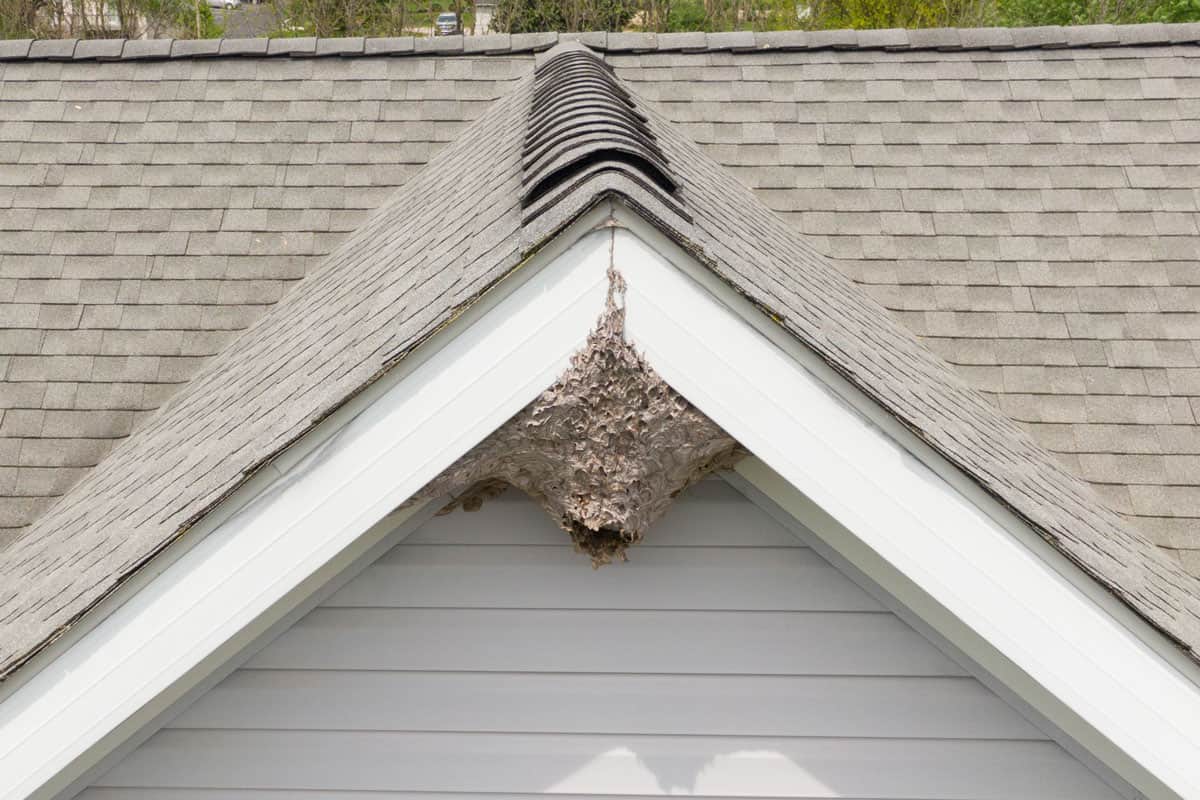
As mentioned, the primary purpose of sealing the gaps in soffits is to restrict bugs and insects from entering your indoor area, and it is because they can easily take advantage of this opening. These stubborn living things will do anything just to enter your home, like chewing the soffit materials or forcing themselves to fit into the gaps.

If you are curious about the pests or rodents that typically enter your soffit, we will provide you with some below:
- mice
- wasps
- raccoons
- bats
- termites
- squirrels
- rats
- ants
- spiders
These pests and rodents have different techniques for entering your house through soffits. Some can easily make the gaps bigger or create a hole if they want to.
Additionally, filling the soffit gaps can help improve the integrity of your roof structure and attractiveness.
Do You Still Need To Have Pest Control Service After Filling Gaps In Soffits?
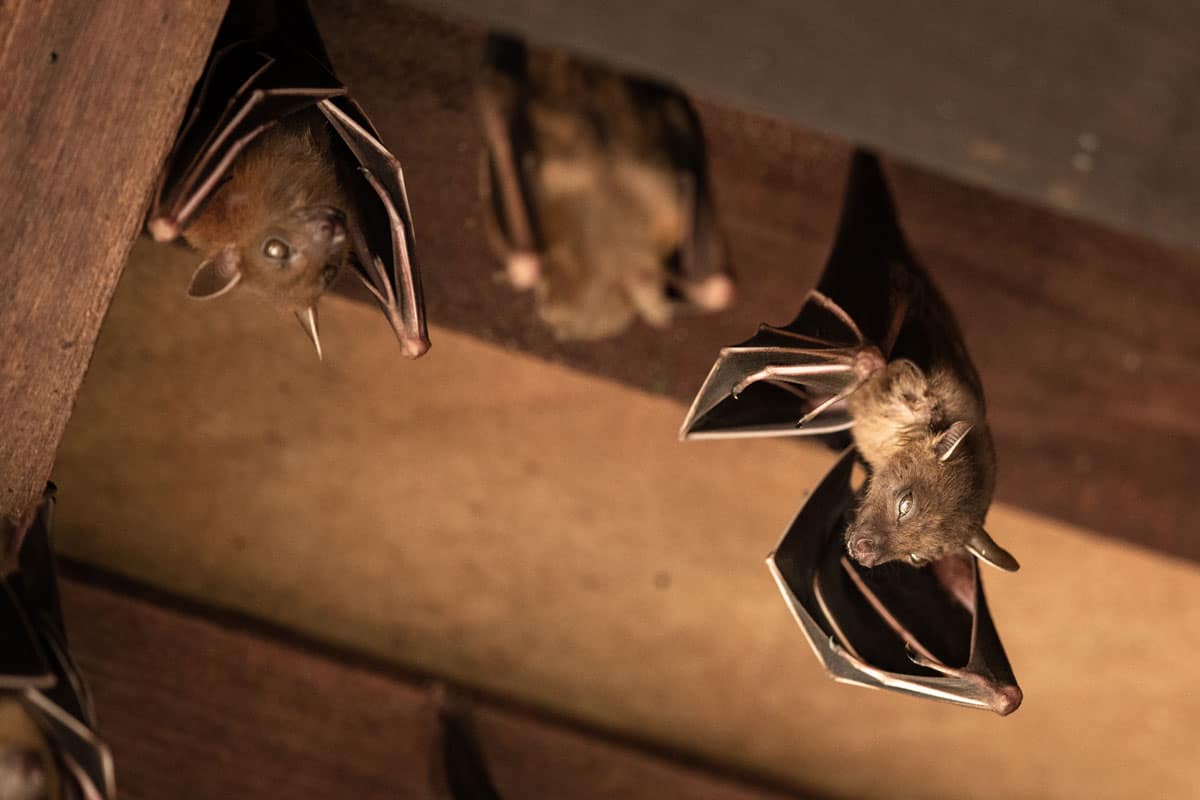
If filling the soffit gaps is not enough for you or you are too late in restricting the pests and bugs, know that you can always ask for the help of experts for pest control.
Pest control is expensive. However, you should be aware that house repairs and renovations are more costly if you will let those animals and significantly damage your property for a more extended period.
What Are The Additional Pest Control Techniques For Your Home
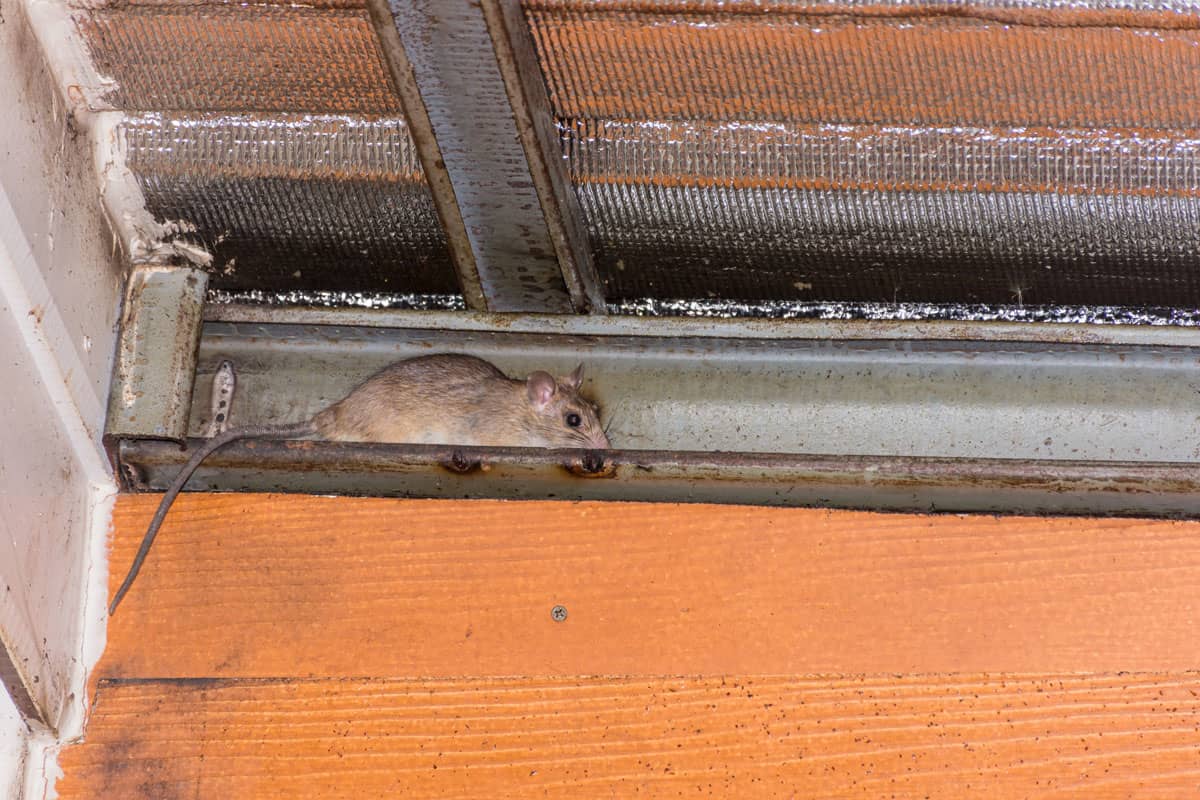
Aside from filling the gaps on your soffits, there are still several alternatives you can perform to restrict pests and bugs from entering your house via those gaps. This post section will help make your home free of these unwanted living things.
DIY Pest Control Approaches:
- Inspect your plumbing structures if there are any leaks. Consistent leaks or moisture can attract rodents and pests.
- Ensure that you properly store all your food in refrigerators or containers.
- Check if you have leggy plants. If so, you should trim them to the appropriate size because extremely long and tall plants can be a way for insects to reach your house. It is true, especially if the plants are near the windows.
- After your pet finishes eating, it would be best not to leave the food bowl and water dispenser anywhere, as these may attract ants and cockroaches.
- Check your HVAC system and make the condensate water drain about two feet away from your house.
- Clean your gutters regularly to prevent mold and debris from accumulating, attracting mice, wasps, and more.
- Ensure that all your doors don't have gaps around them, especially underneath.
- Keep insects in your attic or storage rooms out of cardboard boxes by sealing them tightly.
- You should clean your HVAC system regularly to prevent mold and mildew growth that can surely attract pests and rodents.
- Ensure that the attic is clear of any extraneous items.
- Seal tile cracks and holes in the bathroom that can attract silverfish.
- It would be best to screen any roof vents.
- Ensure that the gutter drains and downspouts direct the water away from your house.
- Always keep your trash bins close to prevent pests and rodents from going inside them and finding food.
- Fill all the gaps you can see on your outdoor window frames.
- Fix or replace all the damaged screens in your house.
- Get rid of the logs, woodpiles, or dead branches near your house, as this can be an ideal breeding location for silverfish and termites.
- It would be best always to close your garage door to prevent wildlife animals, rodents, and pests from entering. Additionally, you should inspect it to see if there are things that need repair.
- Clearing or drying all puddles of water you see would be best to prevent mosquitoes from breeding near your home.
It's A Wrap!
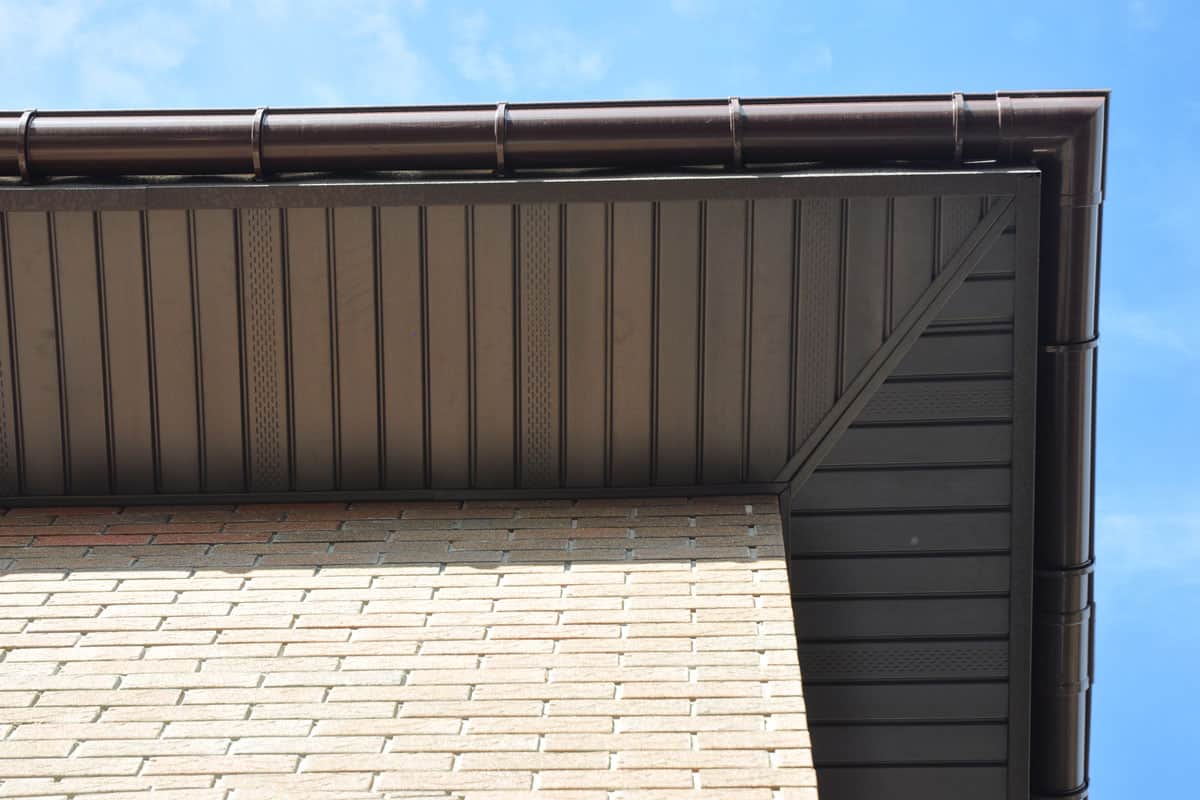
In every home, it is indeed a must to ensure that it is free from any pests and bugs. So, filling the gaps in soffits is highly advisable. By doing this, you can also restore the attractiveness of your roofing structure. Follow the methods we have provided to achieve successful results.
We hope you find this post helpful. If you still have additional concerns that you wish to be answered, please feel free to reach out in the comments. And to continue reading, you can check these posts out!
Roof Leaking Where Porch Meets House – What To Do?



